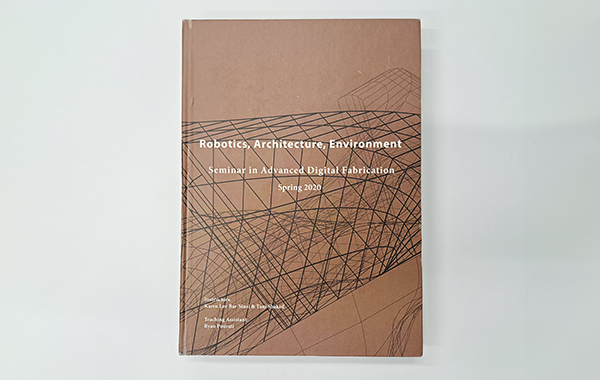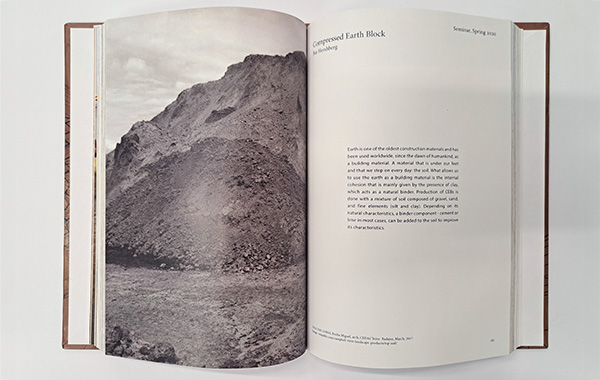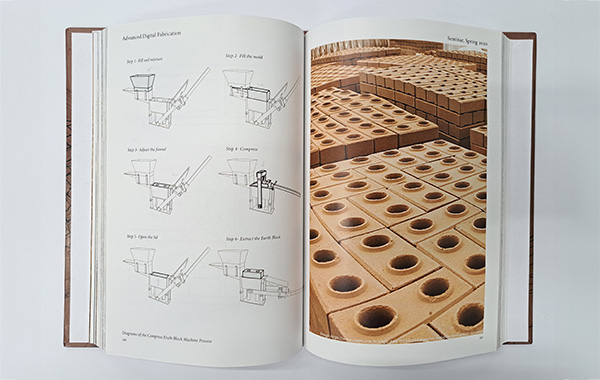


The accelerated development of robotic production tools enables architectural construction and manufacturing beyond factory walls. After decades during which industrial production defined architecture, emerging tools allow performing on-site digital fabrication. This capacity allows for tailoring robotic fabrication in architecture to the site’s specific conditions, terrain, and local matter. It also enables the development of an array of custom tools for performing custom tasks. This possibility can expand robotic construction practices from the automation of building tasks to the modulation of found matter into architectural grounds and structures. The advent of these tools emerges in an era in which the ecological footprint of architecture on earth is more significant than ever. It calls to rethink architectural practice in relation to the environment in light of the novel possibilities that new tools present.
The seminar aimed to introduce students to these developments, challenge construction practices and explore possible relationships between advanced production methods, architecture, and the environment. To this end, it exposed the students to digital fabrication and automation in construction in the broader context of machines developed to shape the landscape. The students explored and mapped the maker-matter-tool relationship in site-specific production throughout the history of architecture landscape architecture. Based on historical and contemporary construction machines, they then developed speculative, site-specific projects. Each project envisioned a landscape forming process towards construction. Each construction process involved a specific environment and matter found within it, envisioned a dedicated custom tool, and developed a conceptual fabrication process for performing on-site fabrication. The seminar works present speculations on the roles of new tools in shaping ancient matter and projections for accuracy and digital fabrication in shaping the environment at large.
Instructors:
Karen-Lee Bar-Sinai
Tom Shaked
Teaching Assistant:
Ryan Pourati
Students:
Adi Beno
Ameer Kaadan
Bar Dvir – Dokotliwer
Bar Hershberg
Eitam Lotem
Gabriela Koifman
Gilad Hertz
Hiba Saadi
Israa Omary
Luciana Heller
Maja Abbo
Noa Gigi
Noa Einhorn
Noam Cohen
Roni Hillel
Sapir Aharon
Shaked Fried
Tomas Gonzales
Yarden Elah
Acknowledgements:
Prof. Aaron Sprecher, MTRL Research Lab
Faculty of Architecture and Town Planning,
Technion Israel Institute of Technology
Graphic design and Editing:
Roni Hillel & Sapir Aharon
Text Editing:
Dor Nakash